The Artistic Renaissance represented one of the aspects of the Renaissance period with the profusion of several works.
Remember that the Renaissance was an artistic, intellectual and cultural movement that began in the 15th century in Italy.
It was with the decline of the feudal system and various characteristics associated with the medieval period that the Renaissance emerged, a period of cultural, artistic and scientific effervescence that spread across Europe.
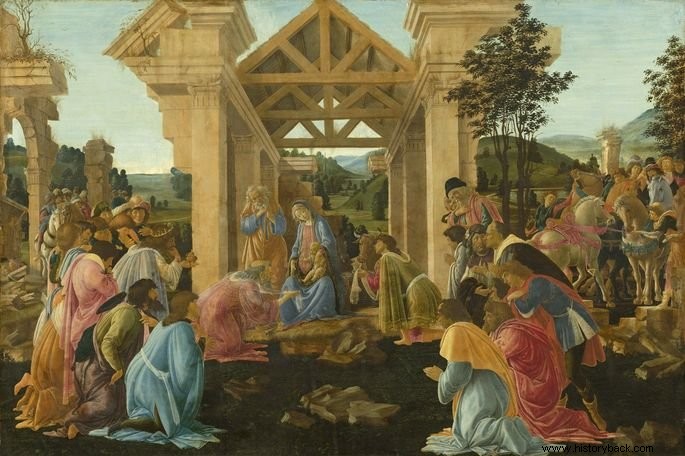
Characteristics of the Renaissance in the Arts
Unlike medieval art, the artistic renaissance was inspired by classical antiquity, that is, the Greco-Roman arts, which had been forgotten for centuries.
For Renaissance artists, the context associated with the medieval period made it impossible for art to evolve in several aspects.
This is because the medieval period was closely related to a religious culture, where theocentrism (God at the center of the Universe) ruled people's lives.
It was from the scientific, social and cultural advance that the renaissance movement emerged, which was marked above all by the humanist character.
Thus, medieval theocentrism gives way to Renaissance anthropocentrism, with the arrival of the Modern Age.
The great contribution of Renaissance art was the discovery of perspective and depth. Thus, from the straight and two-dimensional plane of medieval art, the art of the renaissance promoted another look.
Other aspects, no less important, explored by Renaissance artists were the balance of forms and the search for harmony, based on classical art.
It is worth remembering that the artistic renaissance included the evolution of painting, sculpture, architecture and literature, valuing human and nature aspects.
Although many themes explored by Renaissance artists are associated with the religious and spiritual plane, the change in mentality of the time allowed for the inclusion of a variety of themes. The subjects covered varied from customs, mythology, landscapes, among others.
See also:Humanism in literatureMain Artists and Works
Below are the main artists and works of the Renaissance period, which were great highlights in the areas of painting, architecture, sculpture and literature.
Leonardo da Vinci (1452-1519)
Without a doubt, Leonardo was one of the main artists of the Renaissance.
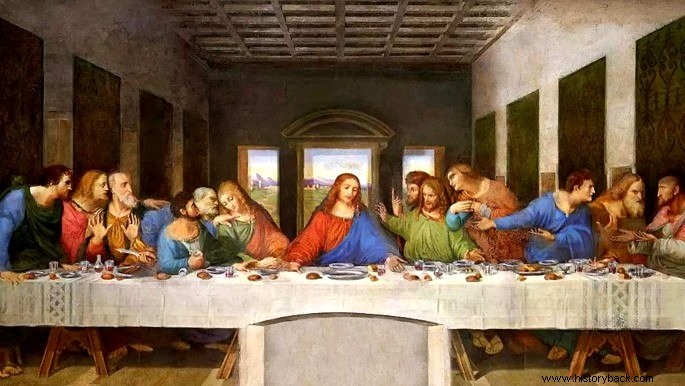
Painter, sculptor, architect and Renaissance writer, his main works include:
- Mona Lisa (La Gioconda);
- The Last Supper;
- The Virgin of the Rocks;
- Vitruvian Man.
Michelangelo (1475-1564)
Michelangelo was a Renaissance painter, sculptor, architect and writer.
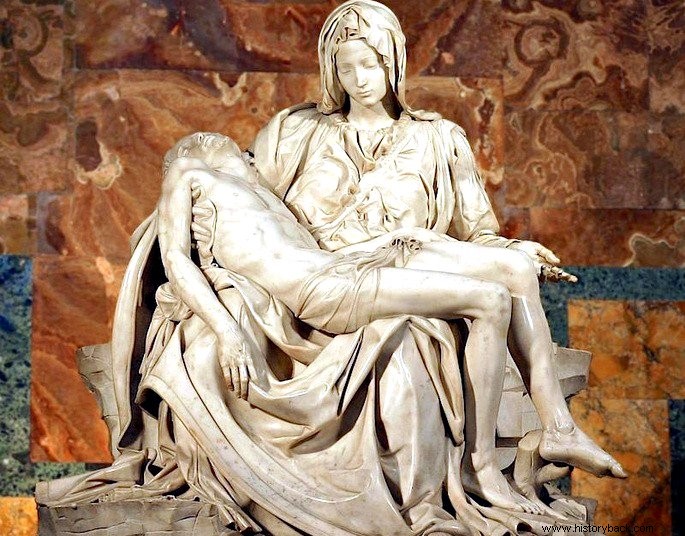
Considered the "Giant of the Renaissance", he stood out with the production of his sculpture of several works, among them, the following stand out:
- David;
- Pieta;
- Moses;
- Ceiling of the Sistine Chapel, highlighting the painting The Creation of Adam.
Donatello di Niccoló (1368-1466)
Donatello was an Italian sculptor born in Florence, he had great prominence in Renaissance art.
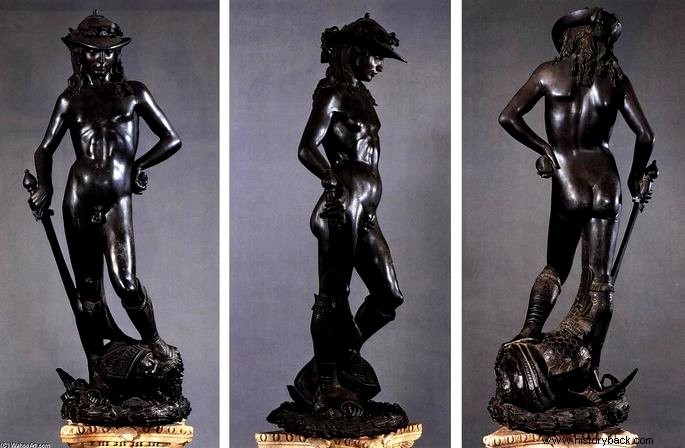
Of his works, the sculptures stand out:
- David;
- Gattamelata;
- Saint Mark;
- Saint George's Tabernacle.
Sandro Boticcelli (1445-1510)
Italian painter and draughtsman, Boticcelli was one of the main names of the Italian Renaissance.
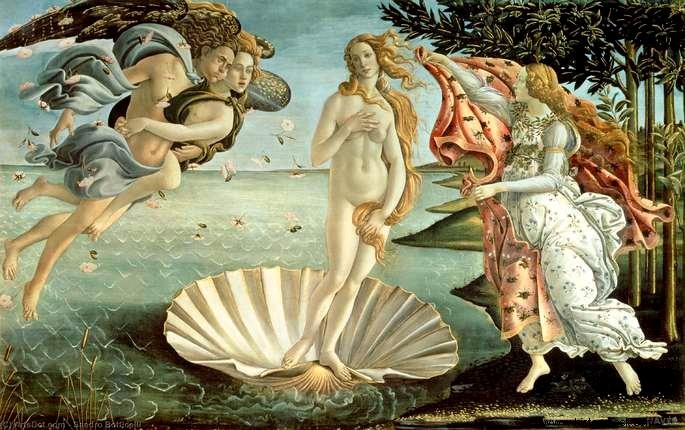
Of his works stand out:
- The Birth of Venus;
- Adoration of the Magi;
- Spring and Virgin with Child;
- Saint John the Baptist Child.
Rafael Sanzio (1483-1520)
Italian painter who, in his works, used the technique of contrast of light and shadows, being recognized as one of the main names of the Renaissance movement.
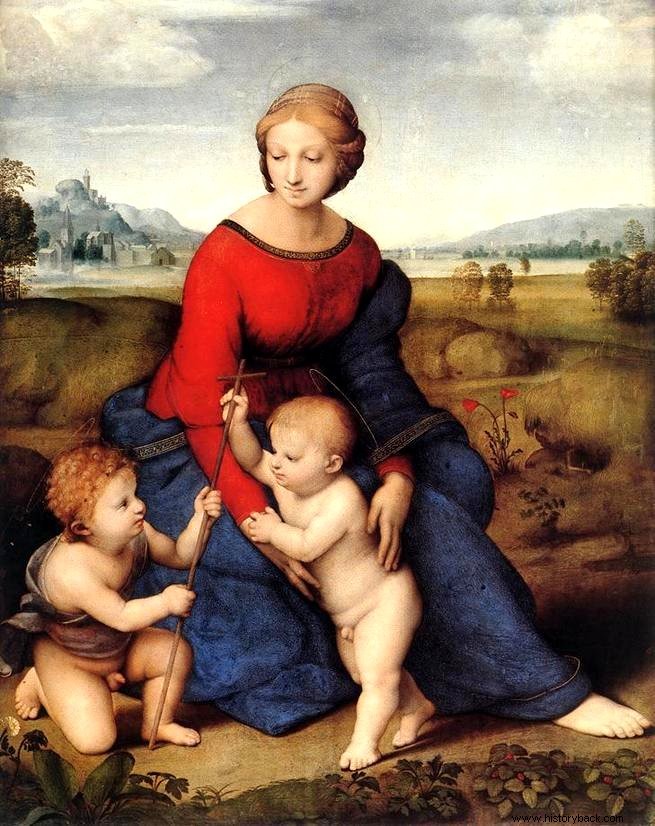
Of his works, the various paintings of Madonnas and The Marriage of the Virgin deserve to be highlighted.
See also:Rafael SanzioMasaccio (1401-1428)
Italian painter considered the first great painter of the artistic renaissance.
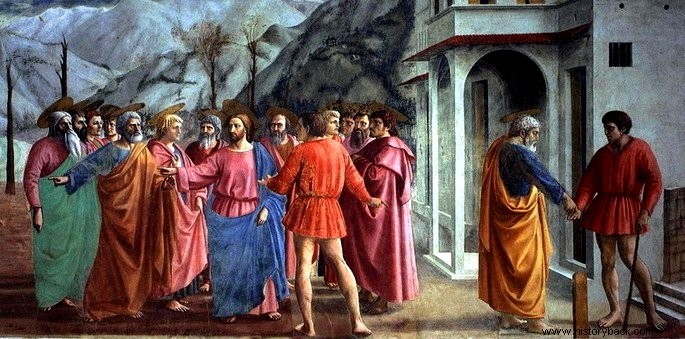
Of his works deserve mention:
- Holy Trinity;
- The Nativity;
- Triptych of San Giovenale;
- Expulsion from Paradise;
- The payment of the tribute.
Filippo Brunelleschi (1377-1446)
Italian architect and sculptor.
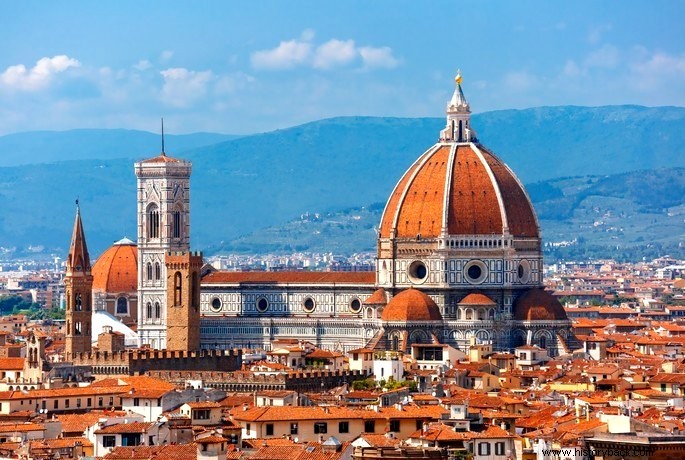
His main architectural works were:
- Dome (dome) of the Cathedral of Santa Maria del Fiore;
- Hospital of the Innocents;
- Pitti Palace;
- Pazzi Chapel.
Tintoretto (1518-1594)
Jacopo Comin, better known as Tintoretto, was an Italian painter of the last phase of the artistic renaissance (called the high renaissance).
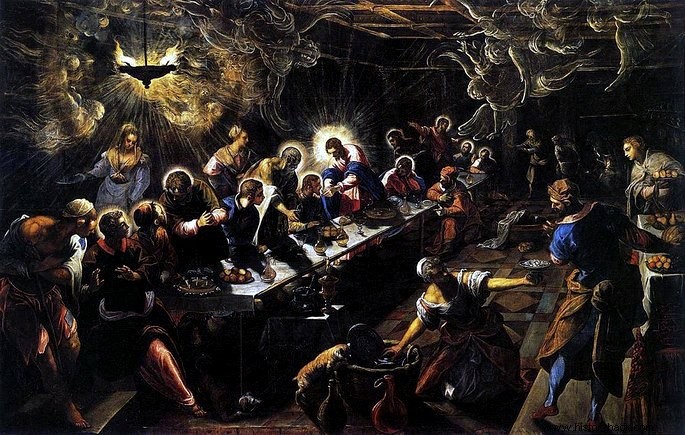
Considered a precursor of the Baroque movement, his most notable works are:
- Mars and Venus surprised by Vulcan;
- The Miracle of St. Mark;
- The Last Supper;
- Saint George fighting the Dragon.
Paolo Veronese (1529-1588)
An Italian painter belonging to the last phase of the Renaissance, Veronese's work encompasses aspects of the Mannerist school.
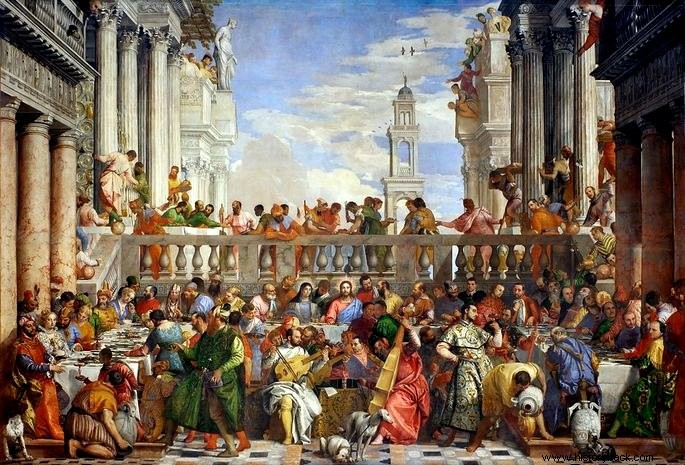
Of his most notable paintings, the following stand out:
- The Wedding at Cana;
- The Battle of Lepanto;
- The Sacrifice of Isaac;
- Worship of the Magi.
Read Also :Mannerism.
Andrea Mantegna (1431-1506)
Italian painter and engraver, Andrea contributed the technique of spatial illusionism.
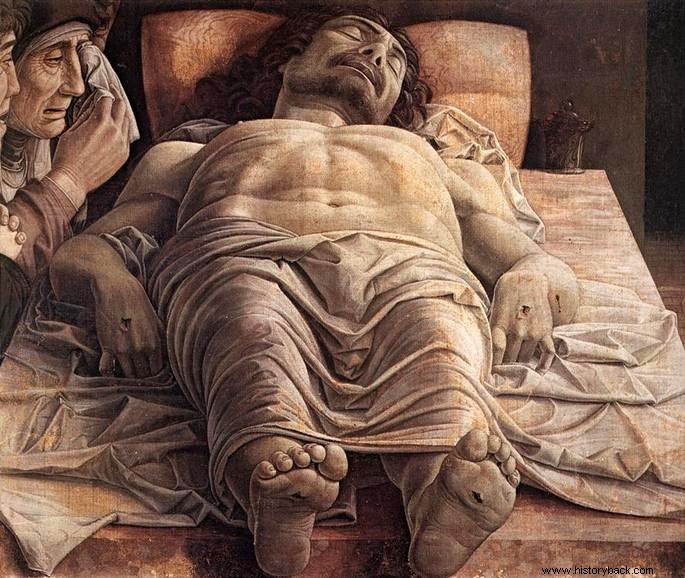
Of his main works are worth mentioning:
- Spouses' Room;
- Lamentation over the Dead Christ;
- Judith and Holofernes;
- The Circumcision of Jesus.
Fr Angelico (1387-1455)
Guido di Pietro Trosini, better known by the name Fra Angelico, was an Italian painter beatified by the Catholic Church in 1982.
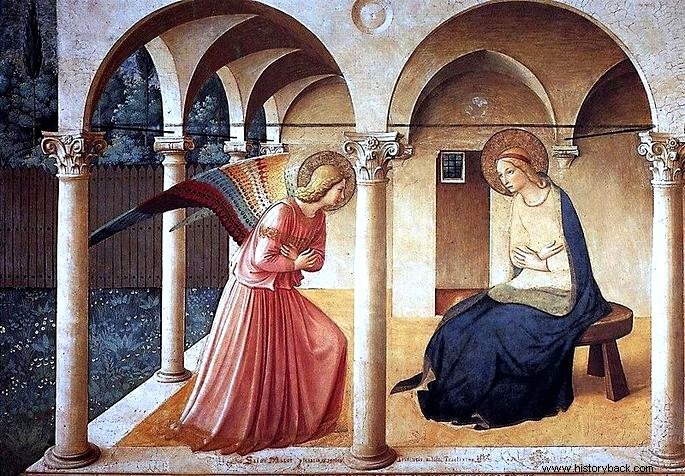
One of the forerunners of Renaissance painting, he stood out with his works:
- The Last Judgment;
- Adoration of the Magi;
- The Annunciation;
- The Coronation of the Virgin.
Donato Bramante (1444-1514)
Architect and painter Bramante was a disciple of Andrea Mantegna.
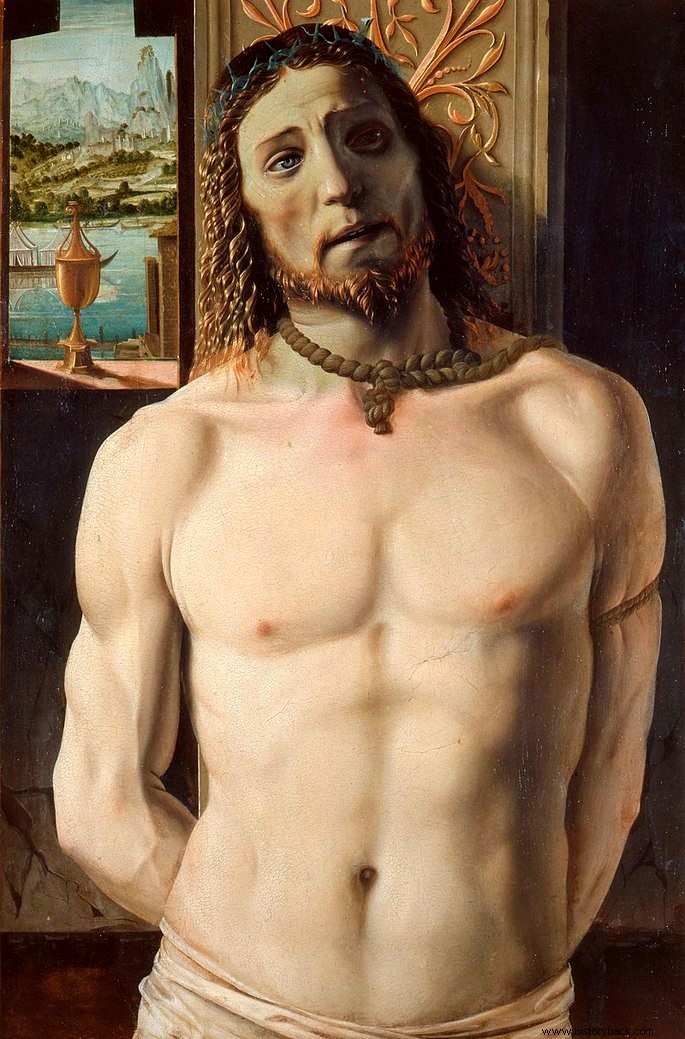
He contributed to the architectural constructions of St. Peter's Church in Montorio and St. Peter's Basilica. In painting, the works deserve to be highlighted:
- Christ in the Column;
- Men at Arms.
Dante Alighieri (1265-1321)
Italian writer, considered one of the first and greatest writers in the Italian language.
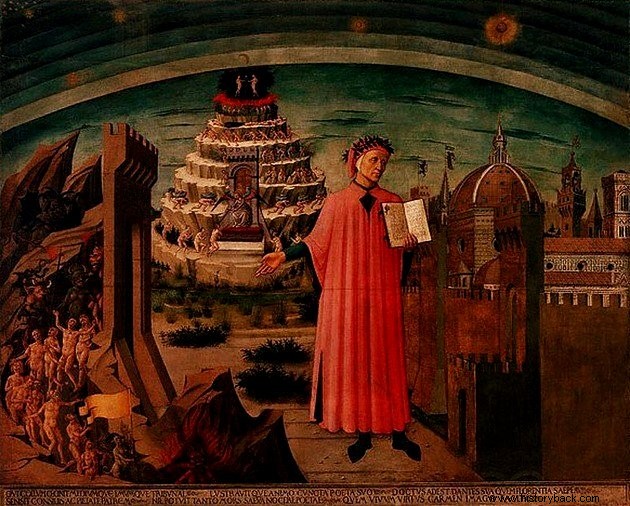
In addition to literature, he was a Renaissance-era statesman and politician. Of his works worth mentioning:
- The Divine Comedy;
- On Vernacular Eloquence;
- New Life and Monarchy.
Francesco Petrarch (1304-1374)
Italian writer considered the "Founder of Renaissance Humanism" and creator of the fixed literary form, the sonnets.
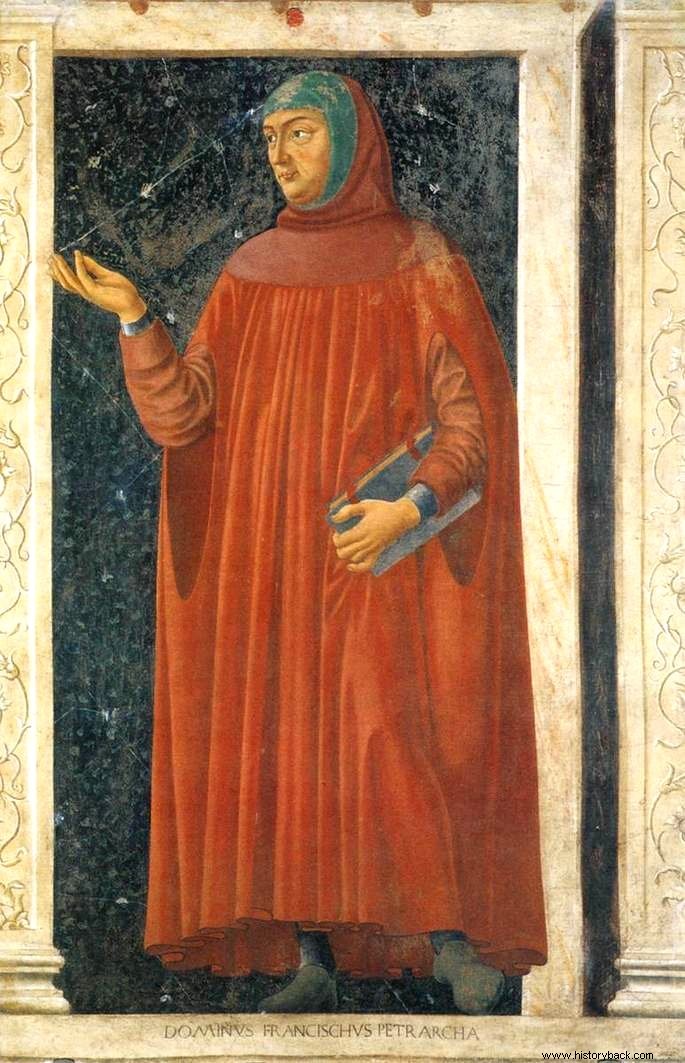
Of his works stand out:
- Songbook and Triumph;
- My Secret Book;
- Itinerary to the Holy Land;
- Remedies for fits and starts.
Giovanni Boccaccio (1313-1375)
Italian writer and humanist, Boccaccio was a scholar of Dante's work.
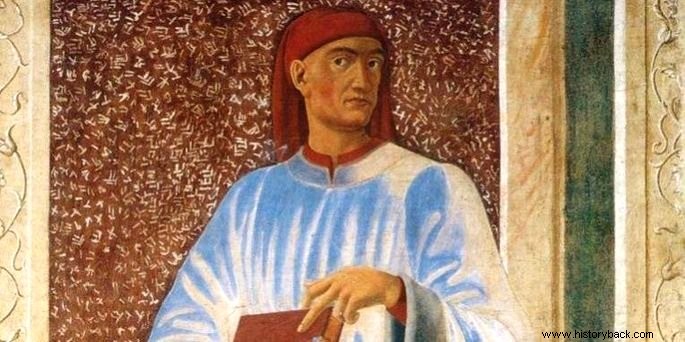
His outstanding works are:
- Decameron (great work that includes about 100 novels);
- Famous women;
- Rhyme and Love Vision.
Nicholas Machiavelli (1469-1527)
Italian writer, historian and politician, Machiavelli was one of the greats of Renaissance literature.
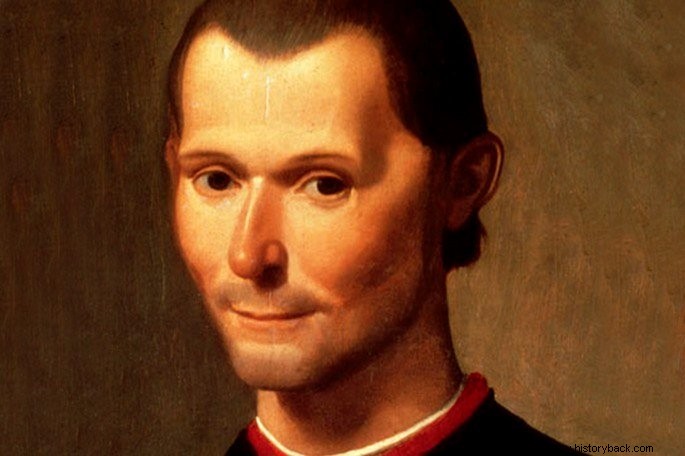
Considered the “Father of Modern Political Thought” his main work is The Prince , which deals with the theme of Italian unification.
Rebirth - All MatterTo complement your research, see also:
- Renaissance:Characteristics and Historical Context
- Artists of the Renaissance
- Characteristics of the Renaissance
- Phases of Rebirth
- Cultural Renaissance
- Renaissance Humanism
